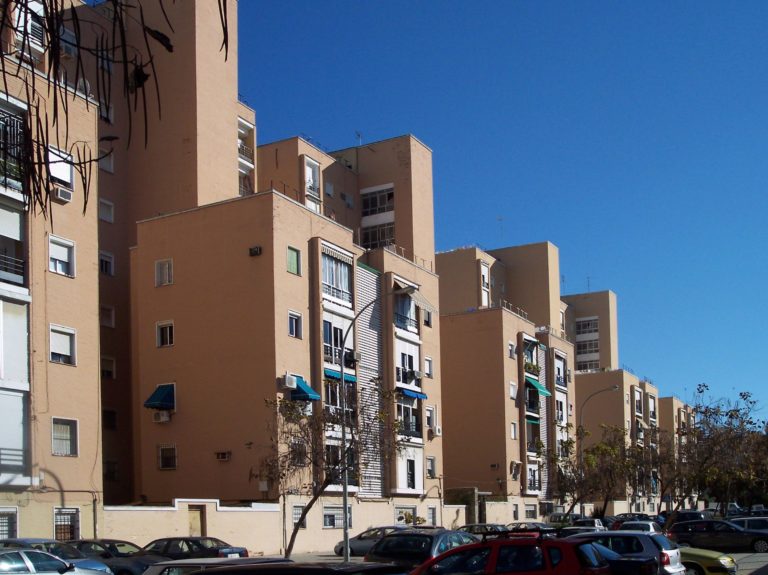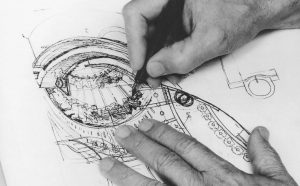Abstract
This research aims to develop a theory about how interior spaces have been shaped by the furniture in them, focusing on domestic interiors published in the magazine Domus during Gio Ponti’s second tenure as editor in chief (1948-1978). During this period, the magazine’s discourse focused on the concept of arredamento: the act of building a living space using furniture. The verb “to furnish” refers both to selecting furniture and to designing the relationship between the pieces. The Italian scene is particularly fruitful in this respect due to the growth of industrial production and the media during the post-war period, along with economic, cultural and social changes which shaped the arredamento culture. The framework of this research is limited to the years of Gio Ponti’s second tenure as director of the magazine, since it coincides with the most productive period in the development of industry, design and the theoretical field. Domus magazine published the domestic interiors of paradigmatic works in the history of architecture in addition to exuberant, modest, innovative, traditional or vulgar interiors which have value only in and of themselves. In a conscious way, Ponti occupied this editorial and disciplinary niche in order to use it as a unifying and central axis within the discourse on the house. Dealing with the work of a magazine director and editor who classified, selected and organized his examples allows for filtering the material through a single perspective; this outlook is highly relevant in the context of this study. Ponti selected all the domestic interiors that are included in this work, but the immediacy of the magazine’s production did not provide for a comprehensive and global vision of the published material that would allow for laying out trajectories to serve as the foundation for building a discourse on the domestic interior. What are the qualities of the domestic interior published by Domus? What are the tools we need to define it? What theoretical contribution does the magazine make on the subject? And what are the mechanisms used to shape domestic interior space during the second half of the twentieth century? The material in this work is organized into five categories. They are all defined as those categories which included the largest number of examples and the most radical ones from among the published proposals; all together, when they are compiled, they create a continuous narrative sequence, without interferences from the body of the study. The first chapter, “Covers”, investigates the treatment of surfaces in domestic interiors, beginning with the most superficial of surface treatments, the thinnest graphic treatment, and spanning all the way to dressed surfaces that begin to differentiate themselves, redefining the limits of the space. The chapter called “Dissonant objects” focuses on domestic interiors where objects enter into tension with the space that contains them, either through stylistic, scalar or figurative dissonance, or through how they are perceived. Objects maintain a sufficiently autonomous position in the space that contains them, enabling them to construct meaning all by themselves. The third chapter focuses on the figures who appear in Domus, artists who use domestic space as the first field for experimenting with a way of life, a philosophical position or a political stance, or a collector where the objects speak for him. The fourth chapter focuses on the “White and transparent” domestic interiors published by Domus, which were designed like advertisements or images. The image informs the architectural space and constructs a new reality: a printed reality. In the final chapter, furniture is no longer measured in contrast with the architectural space, since the latter does not define it or promote it. With the disappearance of architectural space, it is furniture that defines domestic space, becoming the medium that establishes a stable state of balance with the natural environment
Access the thesis











